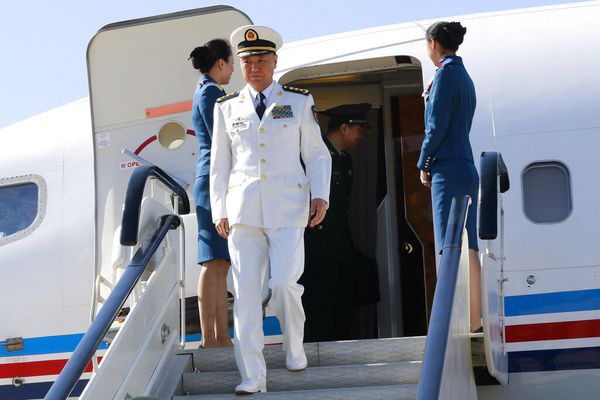
Catastrophic declines in the number of birds and other wildlife are likely if countries do not act urgently to change the way animals are farmed, wildlife health scientists have warned.
The unprecedented die-off of seabirds from highly pathogenic avian flu (HPAI) being witnessed in breeding colonies across Europe, North America and Africa has been traced back to a commercial goose farm in southern China where a relatively mild bird disease mutated into a killer in 1996.
After spilling into wild bird populations in 2007, HPAI has spread around the world, killing millions of birds and showing no sign of stopping.
Spillovers of disease between livestock and wildlife have increased as intensive farming has escalated to feed growing wealthier human populations demanding cheap meat.
Over the past 50 years, the global population of poultry has multiplied six times, from 5.7 to nearly 36 billion; the number of pigs has almost doubled, from 547.2 to 952.6 million; and cattle numbers have grown from 1.1 to 1.5 billion.

But the risk of spillovers and new pathogens emerging from larger herds and flocks of commercial animals has also grown as intensive livestock farming has been normalised.
“These large livestock populations, which are connected through trade, form reservoirs where infectious diseases can evolve and spill over into wildlife, occasionally with devastating consequences,” wrote Thijs Kuiken, professor in the department of viroscience at Erasmus University Medical Centre, Rotterdam, and lead author of the editorial published this week in the journal Science.
Kuiken goes on to describe the HPAI outbreak in seabirds as “a warning, with devastating consequences if not heeded”.

Farm animals are “increasingly passing disease to wildlife”, said co-author Ruth Cromie, councillor for wildlife health for the Convention on the Conservation of Migratory Species. She highlights the spread of African swine fever across Europe and Asia through the trade of pigs and pig meat products, spilling over into wild boar and threatening endangered species of wild suids (pigs) in south-east Asia.
Other spillovers mentioned by the authors included Mycoplasma gallisepticum bacteria from poultry to finches and other songbirds in North America.
The authors argue that governments must protect wildlife from diseases linked to human activities. They propose reducing livestock herd sizes and densities on farms, limiting the transport of livestock from farm to farm, and restricting contacts between farmed animals and related wild species. In middle- and high-income countries, they say humans should move from animal- to plant-based proteins.
Sam Sheppard, professor of microbial genomics and evolution at Oxford university, who was not involved in the editorial, said only a move away from intensive livestock farming would reduce disease risk.
“Because of the sheer size of these host niches with many millions of individual animals, viruses and bacteria inevitably spill over into the environment and into wild animal species. This can have serious consequences, as in the case of bird flu.
“However, this is only part of the problem. The larger the herd, [or group of animals] the larger the number of pathogens and the faster they evolve. Farms can reduce spillover with biosecurity, but that does not stop pathogens evolving. You can only change the speed at which pathogens evolve by farming in a different way,” he said.
You can send us your stories and thoughts at animalsfarmed@theguardian.com







